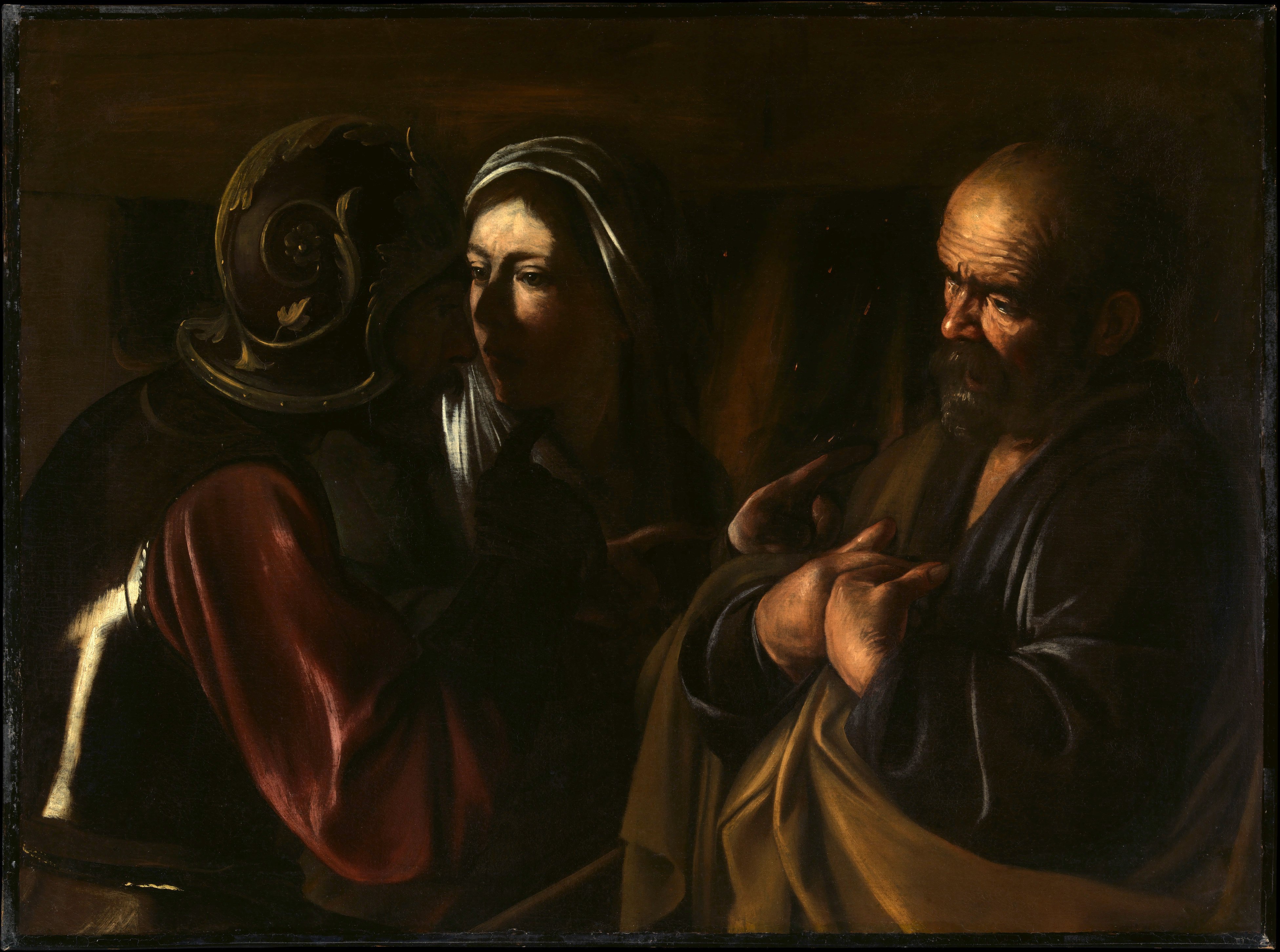
New York’s Metropolitan Museum of Art has brought together the last two paintings that Caravaggio created in the final months of his life, in an exhibition that reflects the artist’s struggle to come to terms with his tumultuous personal saga.
By all accounts a raucous character, Caravaggio had a self-destructive personality and a reputation for heavy drinking, fighting, gambling, and womanizing. He eventually met a painful death—either by illness on a fatal shore, or murder—that is still shrouded in speculation.
At the time of painting his final two masterworks—The Denial of Saint Peter and The Martyrdom of Saint Ursula, both from 1610—Caravaggio was in extremis: he fled Rome after killing a well-known local pimp in a brawl, and then was forced to leave Malta after assaulting Fra Giovanni Rodomonte Roero; a high-ranking knight in the Maltese order of St. John who sought vengeance and pursued him.
Reuniting the paintings for the first time since 2004, the show is a rare opportunity to see these dark scenes side-by-side.
Created to be sold on the Neapolitan art market, The Denial of Saint Peter (1610)—which is today owned by the Met—depicts a woman accusing the saint of being a follower of Christ while a soldier looks on. Referencing Saint Peter’s three denials, Caravaggio painted the soldier pointing one finger, whilst the woman is shown pointing an additional two fingers in his direction.
Caravaggio’s The Martyrdom of St Ursula (1610). Photo: courtesy of the Metropolitan Museum of Art, New York.
In contrast, The Martyrdom of Saint Ursula (1610) was a high-profile commission from the Genoese nobleman Marcantonio Doria. Slightly larger in scale, the work references a medieval legend from the late third century about a saint who stopped in Cologne with her 11,000 followers as they were on a pilgrimage to Rome, only to find that the city was under siege by the Huns. The chief of the barbarians fell in love with the pious Ursula; when she rejected his advances, he killed her with an arrow, and had her followers murdered for refusing to copulate with his army.
Caravaggio painted both works in his trademark chiaroscuro style, contrasting light areas against dark backgrounds to evoke a theatrical atmosphere of intensity and suspense. In these two late works, however, he takes chiaroscuro to the extreme, engulfing the greater part of his figures in darkness. According to the exhibition text, his shift in style reflects his “burden of guilt and doom,” which has lead some scholars to speculate that the works portray “an intersection with his biography.”
“Having escaped imprisonment in Malta and worked in Sicily, he arrived in Naples hoping to gain a pardon for the killing he committed in Rome in 1606,” Keith Christiansen, the head of European Painting at the Met, told artnet News. “He was then attacked and his face slashed, and in Rome rumors spread that he had been killed. It’s at this point he painted the two pictures on view.”
Despite Caravaggio’s precarious circumstances, we see in these paintings his ability to transmute a fraught state of mind into finely observed scenes of tremendous dramatic tension. “[The] rapidity of brushwork and minimal attention to detail focuses on emotional or psychological characteristics,” he noted. It is “a style that is ‘essential’ rather than richly descriptive.” After finishing the painting, Christiansen added, Caravaggio “then cleared out of Naples on a boat with the paintings, but was arrested and died shortly after.”
Michelangelo Amerighi da Caravaggio (1569 – 1609) is regarded as the greatest Italian painter of the 17th Century. Photo: Hulton Archive/Getty Images.
The umbrageous style of these last paintings may tell us more about the artist’s last days than meets the eye. Caravaggio scholar Andrew Graham-Dixon suggests that it was the Knight he assaulted in Malta who had disfigured his face in a quest for vengeance after following him to Naples. Furthermore, the art historian maintains that the attack may have impaired the painter’s vision and brushwork, resulting in the comparatively dark and pared-down imagery found in these last works.